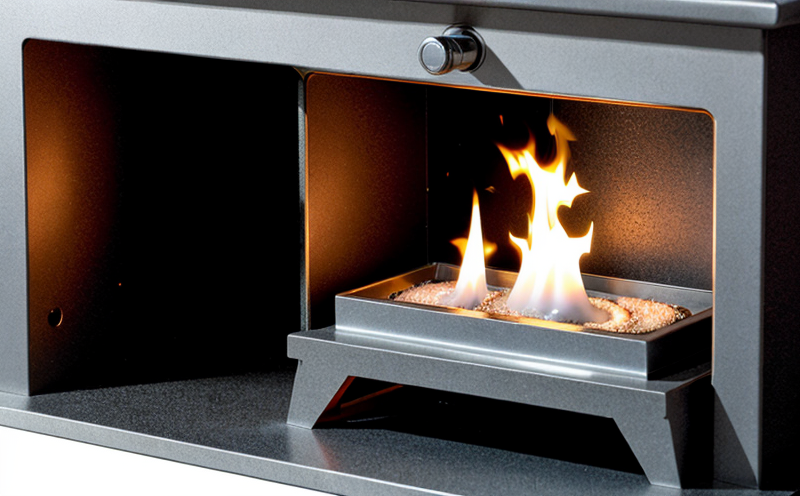Surface Flame Spread Testing of Acoustic Panels
In the realm of fire safety testing, particularly relevant to acoustic panels used in various industries like construction and interior design, surface flame spread testing plays a critical role. This test evaluates how quickly flames can travel across the surface of materials when exposed to ignition sources. The outcome is measured as the Flame Spread Index (FSI), which provides insight into the potential for fire spread.
Acoustic panels are frequently used in environments where sound insulation and noise reduction are paramount, such as offices, classrooms, and public spaces. Ensuring these materials meet stringent flame spread requirements not only enhances safety but also complies with regulatory standards and codes.
The testing process involves carefully prepared specimens that are subjected to controlled ignition under specific conditions. The apparatus used for this test includes a specially designed cabinet where the specimen is mounted vertically, ensuring consistent exposure to flames from below. Once ignited, the time it takes for the flame to travel across the surface and extinguish itself is measured.
The results of these tests are critical in determining the fire performance of acoustic panels. For instance, materials with a lower Flame Spread Index (FSI) value indicate better fire resistance and are safer for use in environments where fire hazards might be present. This information is vital for architects, engineers, and product developers to make informed decisions about material selection.
| Application | Description |
|---|---|
| Airports | Ensuring fire safety in high-traffic areas. |
| Hospitals | Maintaining a safe environment for patients and staff. |
| Schools | Providing secure spaces for learning and activities. |
| Offices | Avoiding the risk of fire in densely populated areas. |
Applied Standards
The testing for surface flame spread is governed by several international standards to ensure consistency and reliability. The most prominent among these are:
- ASTM E84-19: Standard Test Method for Surface Burning Characteristics of Building Materials.
- ISO 6722: Standard Methods for Determining Flame Spread Index (FPI) and Smoke Developed Index (SDI).
These standards provide detailed protocols that laboratories must adhere to when performing flame spread testing. Compliance with these guidelines ensures the accuracy and validity of test results.
Industry Applications
| Application | Description |
|---|---|
| Airports | Ensuring fire safety in high-traffic areas. |
| Hospitals | Maintaining a safe environment for patients and staff. |
| Schools | Providing secure spaces for learning and activities. |
| Offices | Avoiding the risk of fire in densely populated areas. |
Customer Impact and Satisfaction
- Enhanced Safety for Users: Compliance with fire safety regulations helps prevent accidents and injuries.
- Reputation Enhancement: Meeting or exceeding standards can improve the company’s reputation among clients.
- Compliance Assurance: Ensures that products meet legal requirements, avoiding potential penalties.





